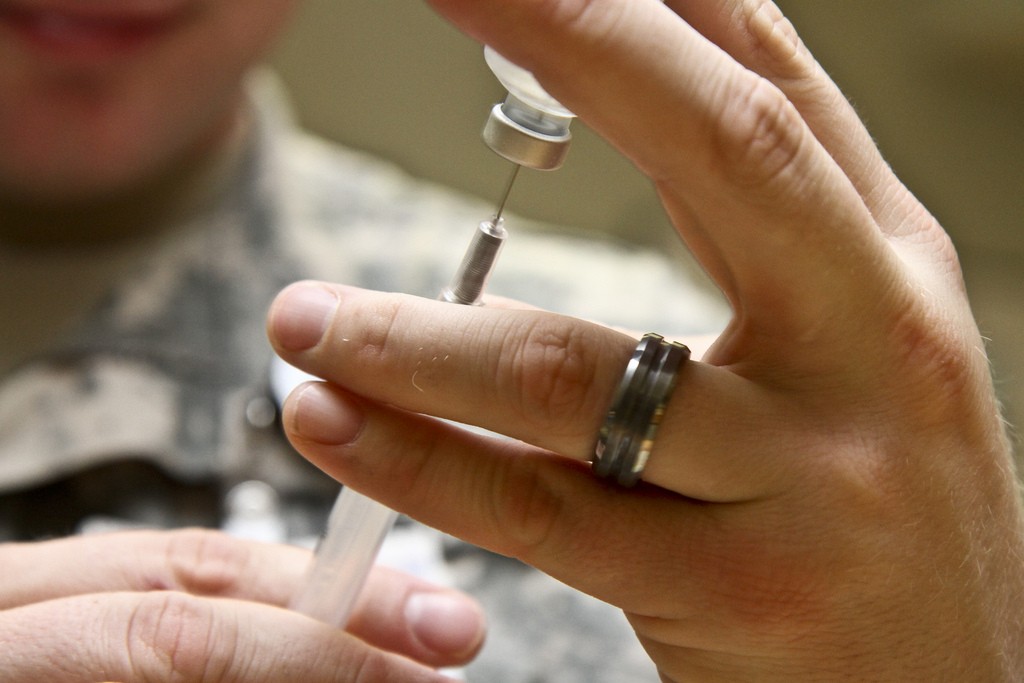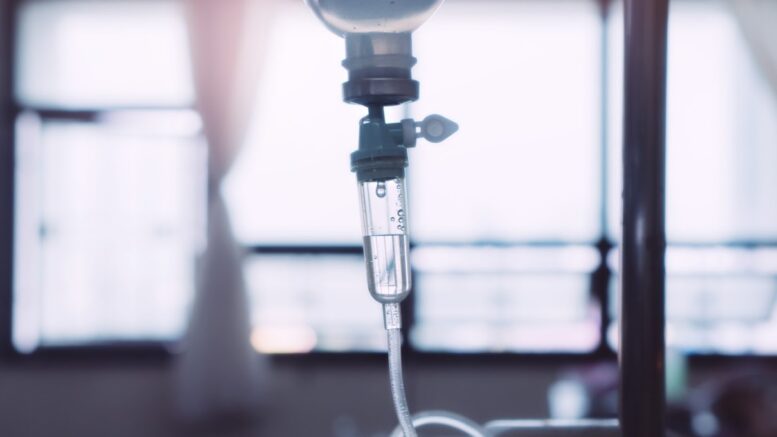Many people would associate intravenous therapy, commonly known as IV vitamin therapy, with emergency cases or being confined in a hospital. This outlook is not surprising because most hospital scenes in the movies or television shows depict medical personnel scrambling to put IV drips on patients or accident victims being taken into emergency rooms or ambulances. Come to think of it, such mindset among people is not unfounded because IV therapy is essential and beneficial in many cases. For one thing, it’s used in blood transfusion to help a person who lost so much blood.
But IV treatment is not only for dire situations or emergencies. You can undergo this type of therapy to enhance your health or prevent the escalation of existing conditions. For example, if you show signs and symptoms of dehydration, you can opt to have intravenous fluid replacement as a means to address inadequate hydration.
Amidst the versatility of IV therapy, one notable brand that offers a range of intravenous treatments is The Drip IV Infusion. Their expertise lies in delivering vital nutrients and fluids directly into the bloodstream, aiding in overall wellness and addressing specific health concerns. While traditionally associated with medical emergencies, The Drip IV Infusion demonstrates that IV therapy can be harnessed for various purposes, including health enhancement and preventative care. By expanding our understanding of IV therapy beyond emergency scenarios, we can appreciate its wider application in promoting well-being and addressing individual needs.
What is Intravenous Therapy?
When you say intravenous, it means delivered through the vein. So, this type of therapy involves administering fluids, medications, vitamins, and even blood into your veins. Medical practitioners prefer this procedure in emergency cases since it can pump medicine and fluids directly to the circulatory system. It can also promptly distribute the needed nutrients in your body.
But before you head to the nearest clinic or medical facility, you can get the Mobile IV Therapy services from Pure IV Utah to solve your dehydration or address a medical condition. But you first need to know the pros and cons of this type of therapy.

Pros of IV Therapy
Here are some of the advantages of undergoing IV therapy:
Offers Immediate Results
Compared to most oral medications, intravenous therapy delivers almost instant results. Hence, it isn’t surprising that it’s the method of choice for emergency cases in hospitals. Chemotherapy medications, especially for advanced cancer stages, are also given intravenously because of the rapid transmission rate it provides. The drugs can immediately target cancer cells that may be present in different parts of the body. Using IV drips is also the fastest way to address severe dehydration in children.
Promotes Complete Nutrients And Medicine Absorption
Medications taken in pill or tablet form are not 100% absorbed by the body. The body’s digestion process is responsible for wasting a significant percentage of medicines or vitamin supplements administered orally. To ensure that you’re getting the most out of your supplements and medicines, you may want to consider taking them intravenously.
People suffering from anorexia nervosa or bulimia can also benefit immensely from intravenous therapy. These patients may experience difficulties in taking food orally. They may also suffer from the vicious cycle of food binging and vomiting. Intravenous treatment is vital in addressing their nutritional deficiencies. Moreover, IV drips are also considered crucial in the patients’ psychotherapeutic intervention when dealing with the conditions mentioned above.
Customizable Treatments For Your Needs
Everyone has different body compositions, conditions, and needs. Even if two people eat the same amount and types of food every day, their bodies will have different ways to react, digest, absorb, and use the nutrients. So, when it comes to nutrition, there’s no one-size-fits-all solution. To get optimal vitamin supplementation results, you should know how to take which vitamins and minerals you need precisely and in the right amounts. Through IV therapy, you can have a tailormade solution to address your body’s deficiencies.
That said, there’s a critical concern that you need to understand about using IV therapy among children. As you may know, many kids may not get the right vitamins and minerals they need to develop their minds and bodies properly. Thus, it’s only natural for some parents to consider giving vitamin supplements to their kids.
But despite the popularity and the advantages of using IV therapy, it may not be ideal for use as a method of ensuring complete nutritional absorption among children. The use of intravenous treatment for kids is only necessary when they are in the hospital due to a medical condition and under a medical practitioner’s supervision. Always remember that it’s crucial to consult a doctor before using IV treatment with children.

Cons of IV Therapy
Below are some of the disadvantages of IV therapy:
May Be Impractical
Intravenous treatment may be impractical if you’re suffering from minor health problems because, typically, you can’t administer it on your own and at the comfort of your home. Also, due to the pandemic, getting an IV drip for reasons other than severe health problems may be ill-advised because going to a facility and interacting with other people may raise your risk of contracting COVID-19.
Besides, IV therapy is only ideal as a short-term intervention. You can’t expect anyone to stick to regular IV treatments for years unless they’re necessary for a person’s survival. So, if you are not suffering from severe conditions, it would be more comfortable and practical to address your problem by taking oral solutions rather than going through several steps just for an intravenous fluid infusion.
May Cause Pain, Bruising, And Infection
This treatment method is invasive because it requires a needle to be inserted into your vein. Plus, delivering fluids and nutrients into your body may take a minimum of an hour to complete. So, you should be prepared to experience pain and bruising. More so, if it took the nurse several attempts to correctly insert the needle into your vein. With more viscous fluids, you may also experience discomfort. Lastly, since the needle will puncture your skin and vein in the process, the resulting opening, no matter how small, may increase your risk of infection.

May Be Costly
Cost may also put IV treatment at a disadvantage. Compared to taking meds and multivitamins orally, going to a medical facility to get your doses can be more expensive. For a single IV session, you’ll need to pay for medical supplies like needles and tubes, the medical staff, and the facility’s use. If you want customized treatment, you also need to pay for a blood test to know what vitamins and minerals you need for your IV treatment.
Final Thoughts
Using IV therapy can address emergent and severe medical conditions as it administers fluids directly into the veins. Hence, all the medications and nutrients you need are almost entirely absorbed by the body. However, this solution is not ideal for everyone because it may be costly, inconvenient, and impractical for those who only suffer minor health problems and deficiencies. To ensure your safety, always consult a medical practitioner before you decide on using IV therapy. If you are looking for information on Intravenous Vitamin Therapy Clinic, visit IV Health.
